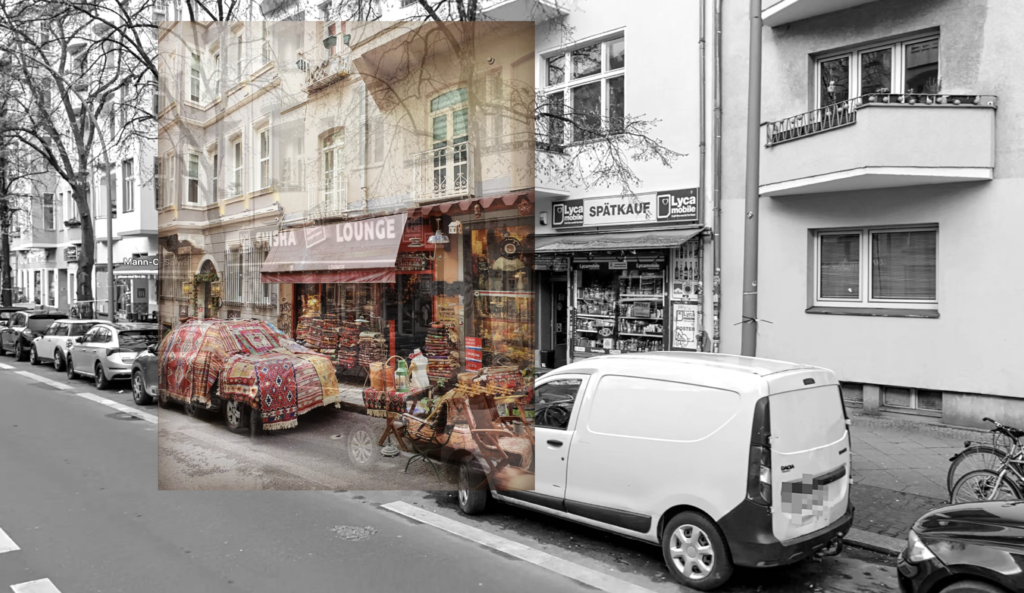While research on the role of the street in urban environments has highlighted diverse topics such as comfort, inclusivity and social interactions, it has yet to properly engage with the role embodied and applied culture plays in the creation of diverse experiences. This study explores the relationship between the fixed fabric of an urban fragment, the fluid negotiation of street space by an established migrant community and their cultural requirements and the resulting hybrid spaces that emerge.
Focusing on the La Chapelle neighbourhood in Paris that has been home to a displaced Sri Lankan Tamil population since the 1980’s we explore the contribution and adaption of cultural heritage(s) to the western street. This layering of culture has a role in the diversity of the third space of the street and we argue that ‘super-diverse’ neighbourhoods provide more resilience as they are formed by processes of negotiation and amalgamation over time.

